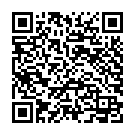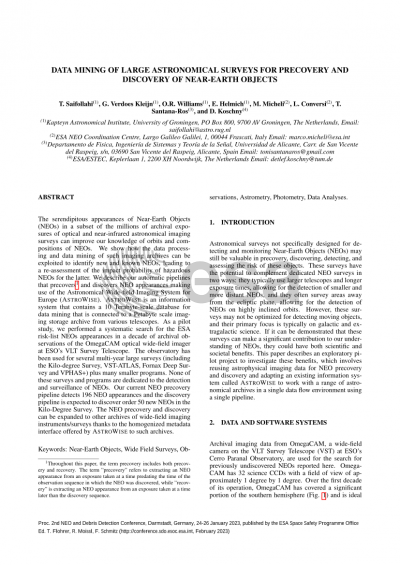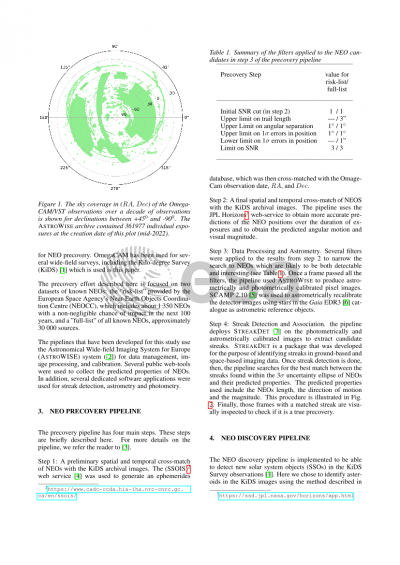Document details

Abstract
The serendipitous appearances of NEOs in a subset of the millions of archival exposures of optical and near-infrared astronomical imaging surveys can improve our knowledge of orbits and compositions of Near-Earth Objects (NEOs). In this contribution, we show how the data processing and data mining of such imaging archives can be exploited to identify and re-assess the impact probability of especially hazardous NEOs. We describe our automatic pipelines that precover and discover NEO appearances making use of the AstroWISE information system. AstroWISE contains a 10 Terabyte-scale database for data mining that is connected to a Petabyte scale imaging storage archive. As a pilot study, we performed a systematic search for the ESA Risk List NEOs appearances in a decade of archival observations of the OmegaCAM optical wide-field imager at ESO’s VLT Survey Telescope. The observatory has been used for several multi-year large surveys, including the Kilo-degree Survey, the VST-ATLAS, Fornax Deep Survey and VPHAS+ plus many more smaller programs. None of these surveys are dedicated to the detection and surveillance of NEOs. We show how our NEO precovery pipeline detects hundreds of NEO appearances in the imaging archive and the resulting updates on impact probability for Risk List NEOs. The contribution concludes with a forward look at the value and feasibility of NEO precovery and discovery by expanding our approach with AstroWISE to other archives of wide-field imaging instruments/surveys.
Preview






